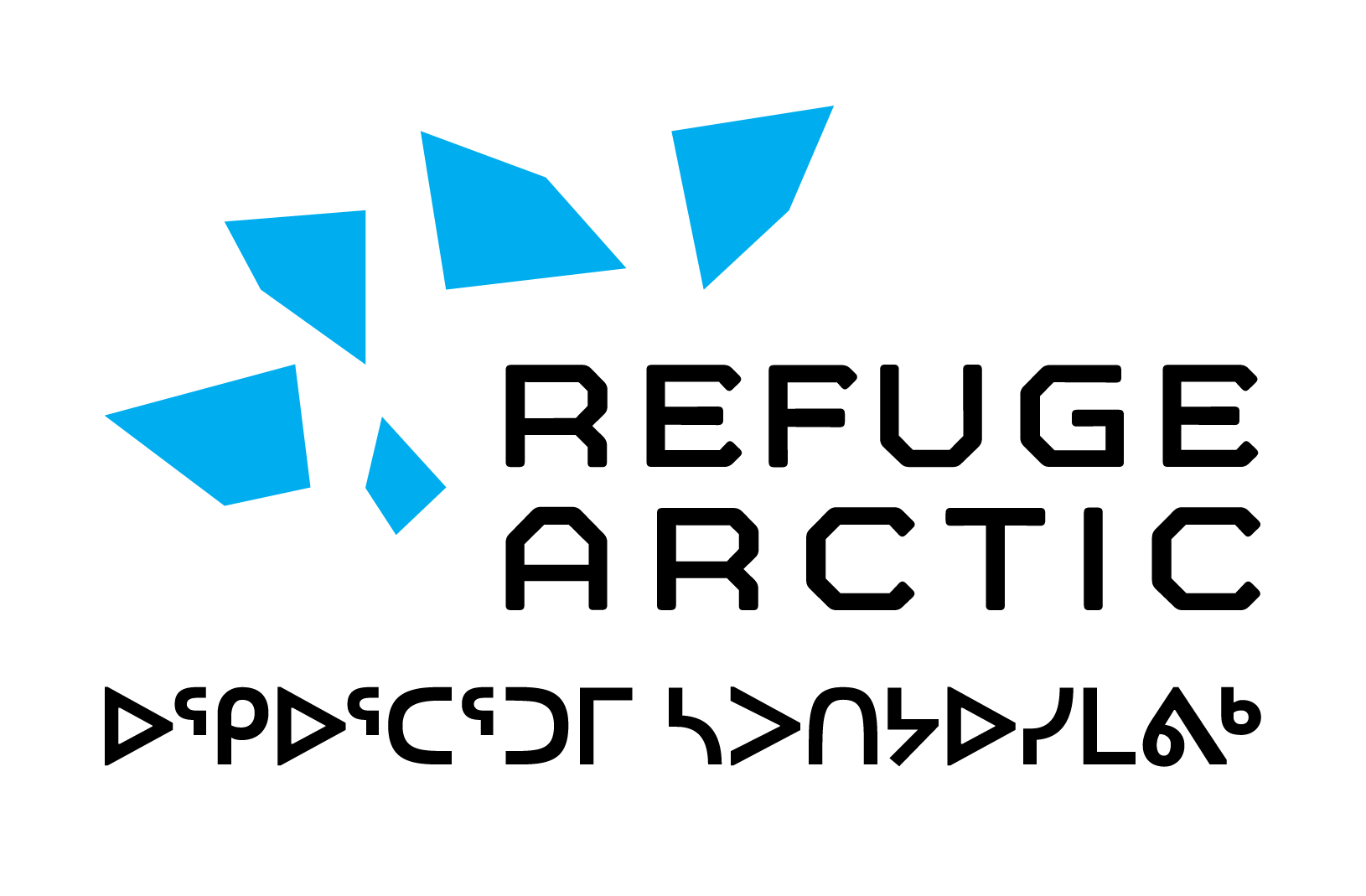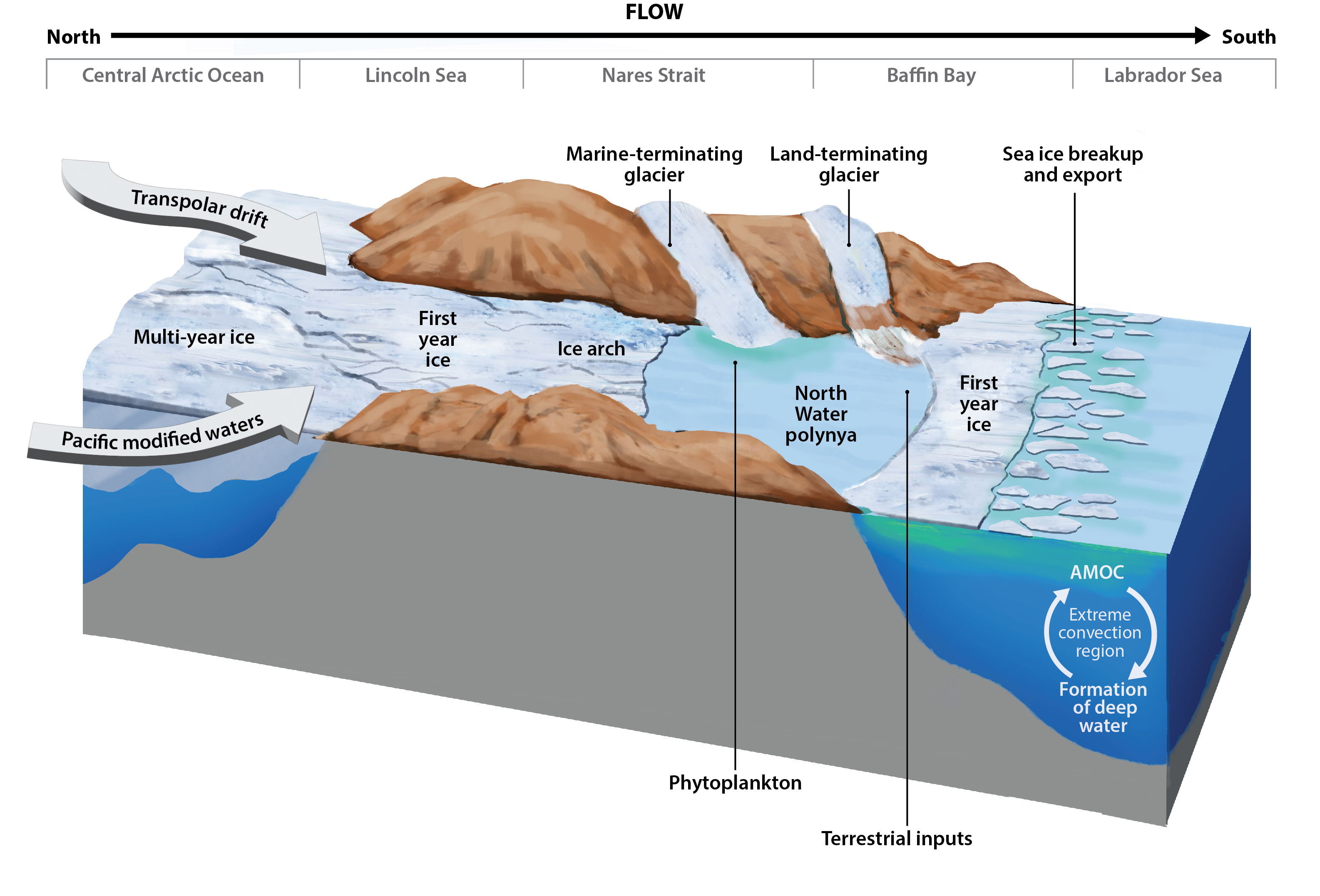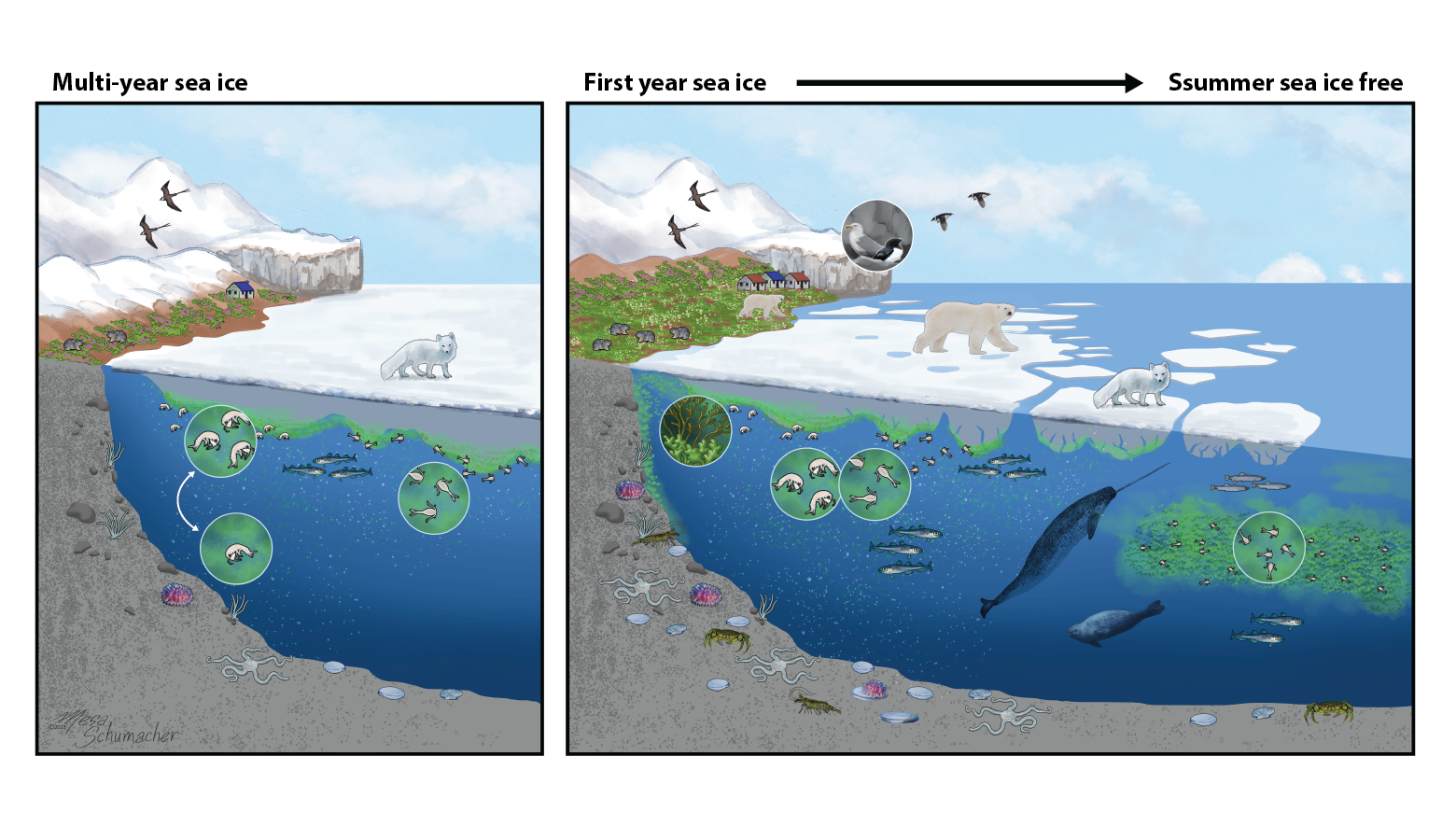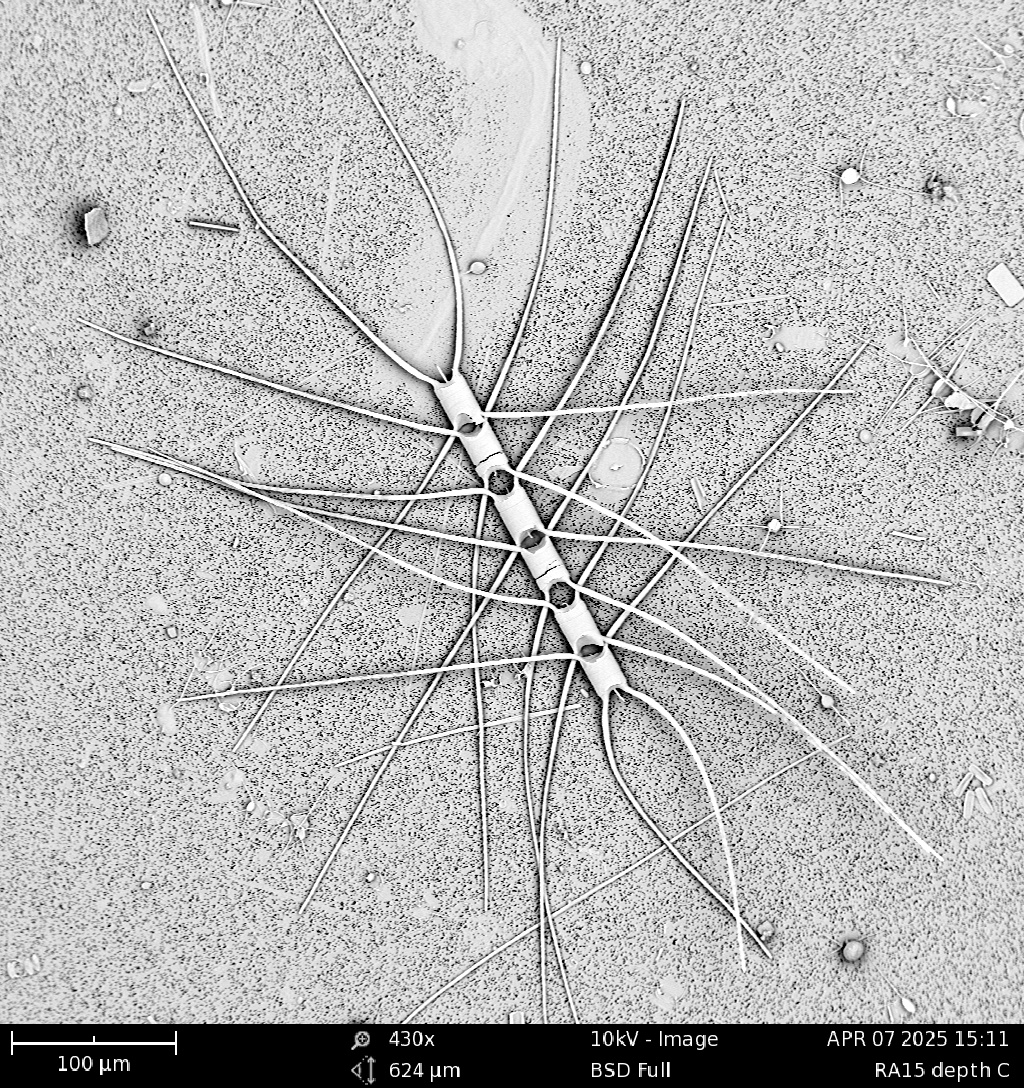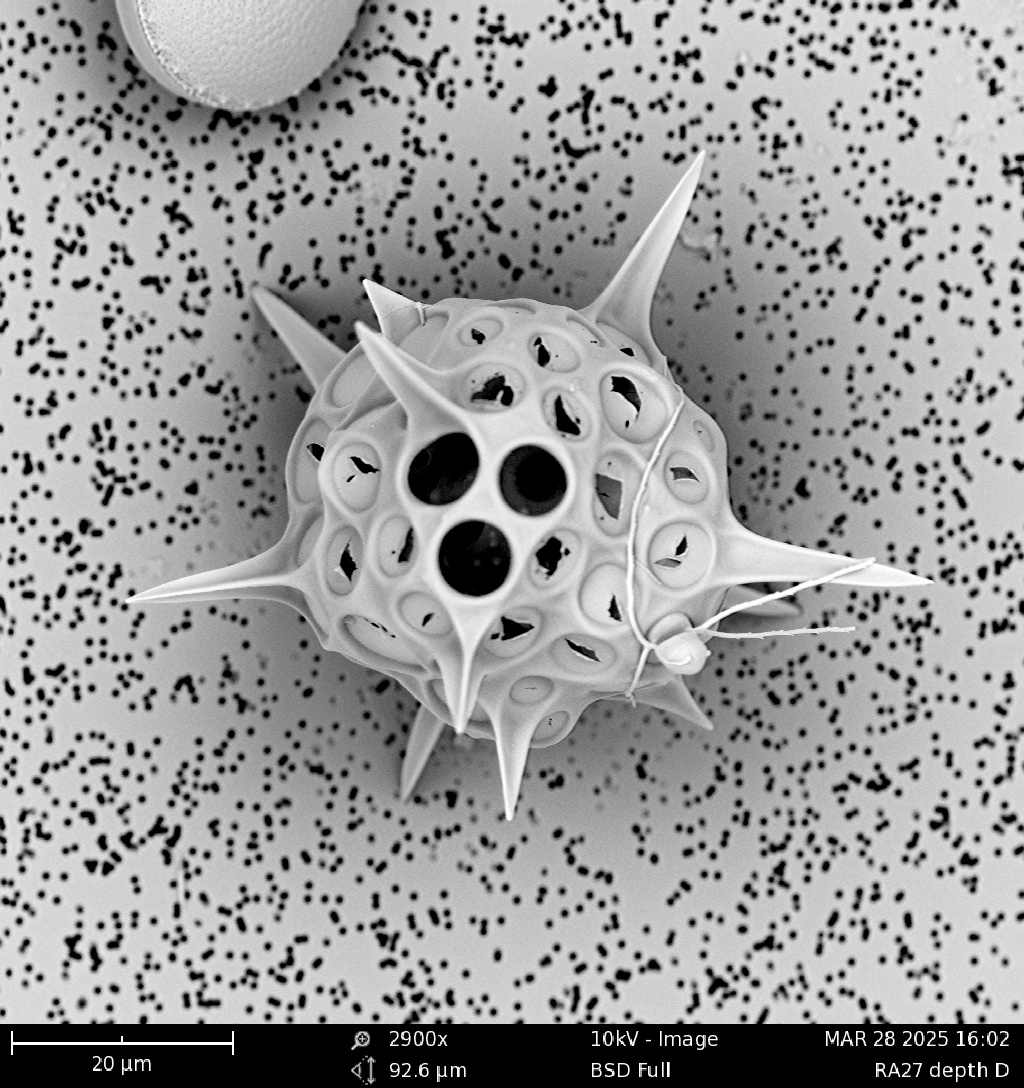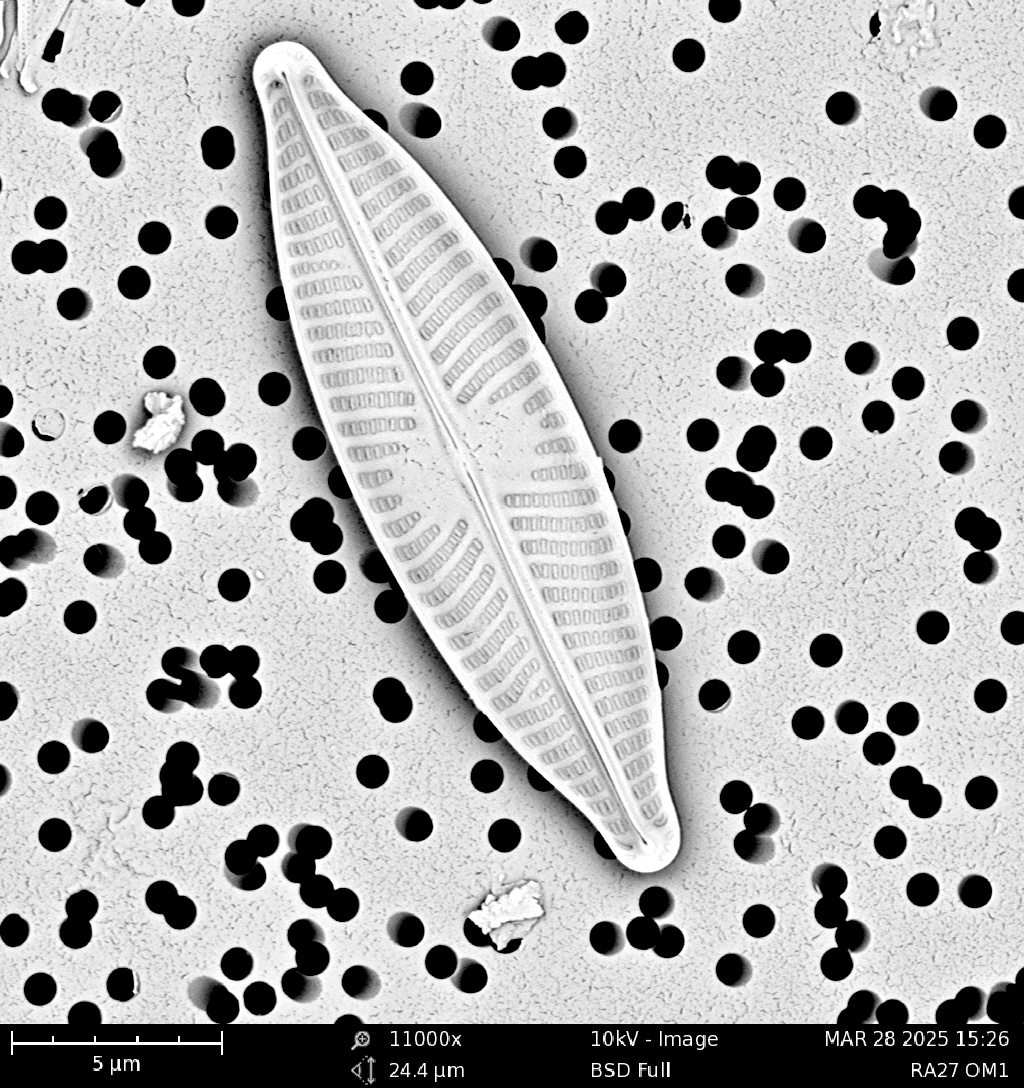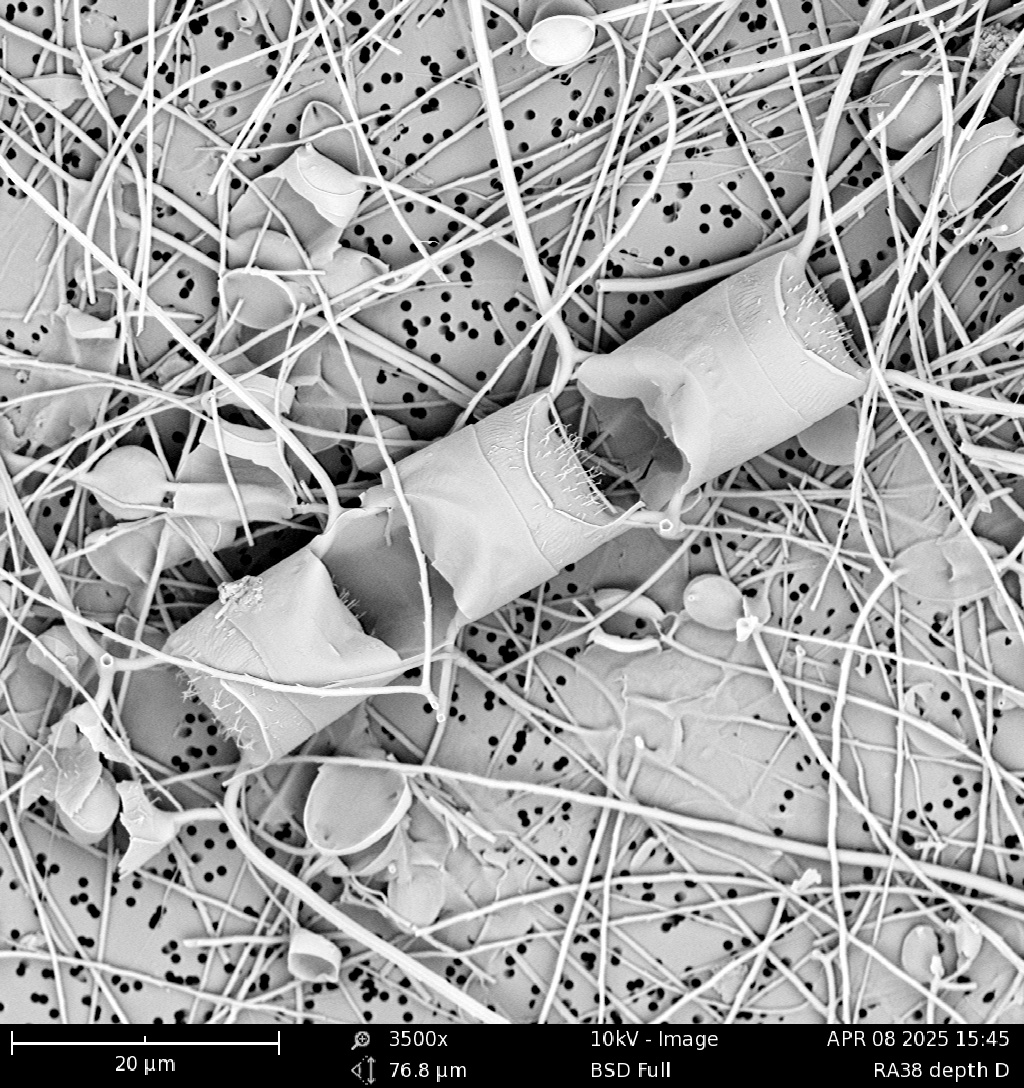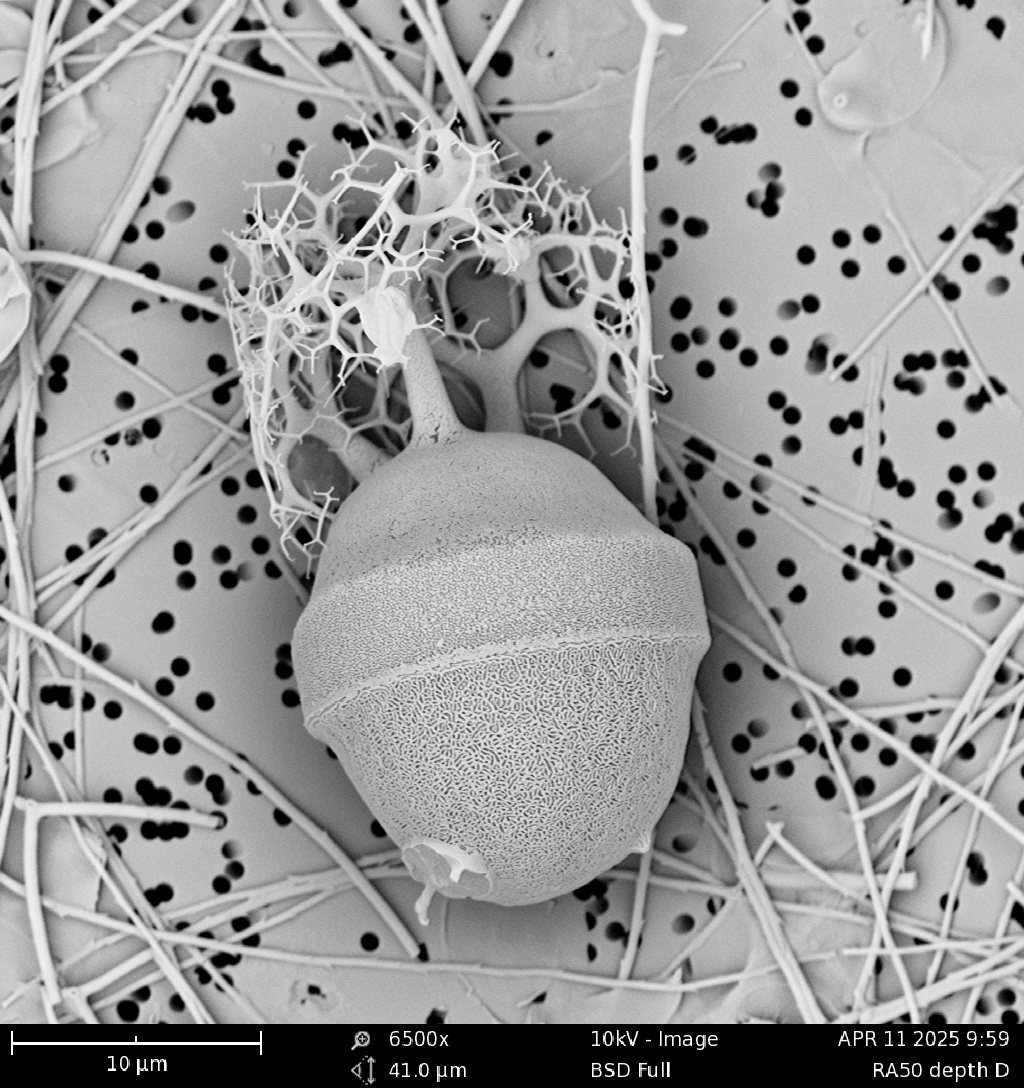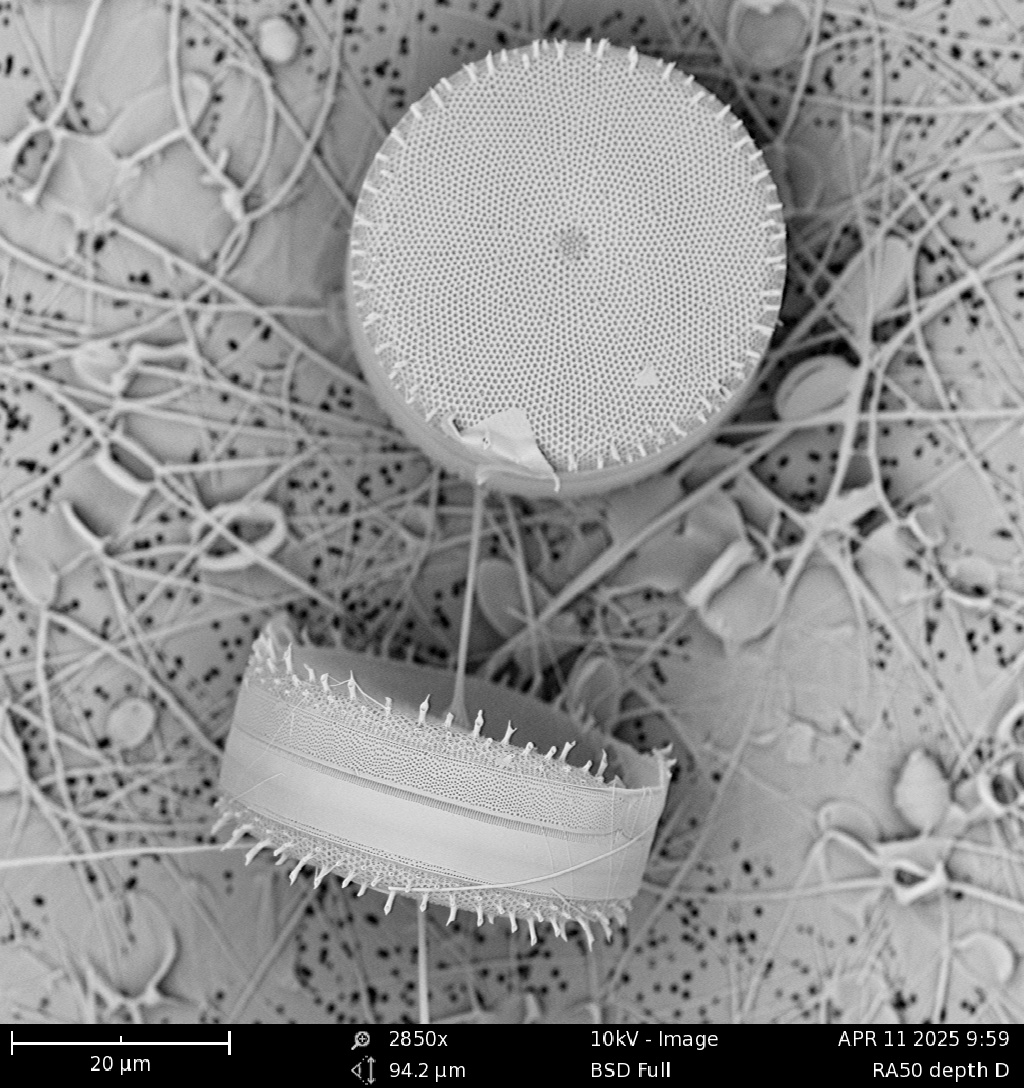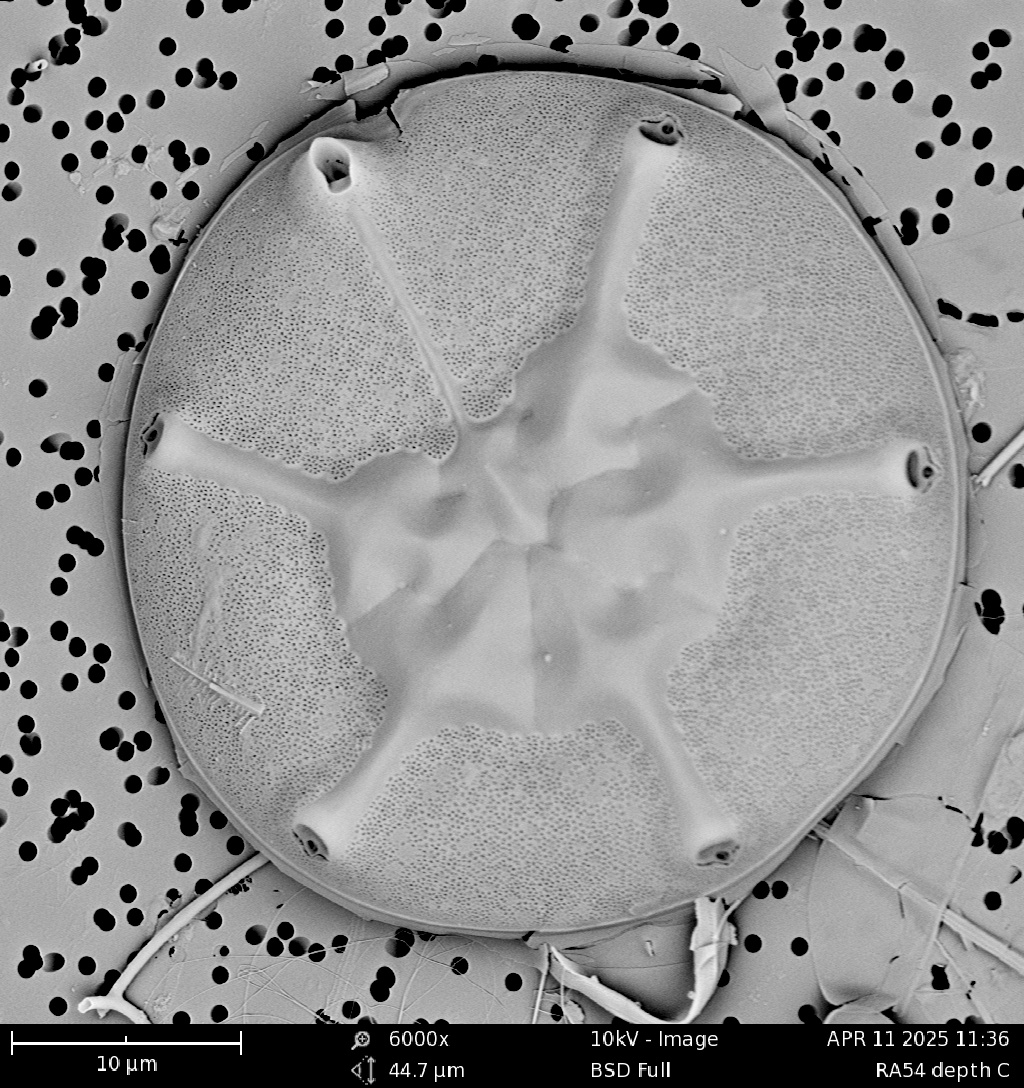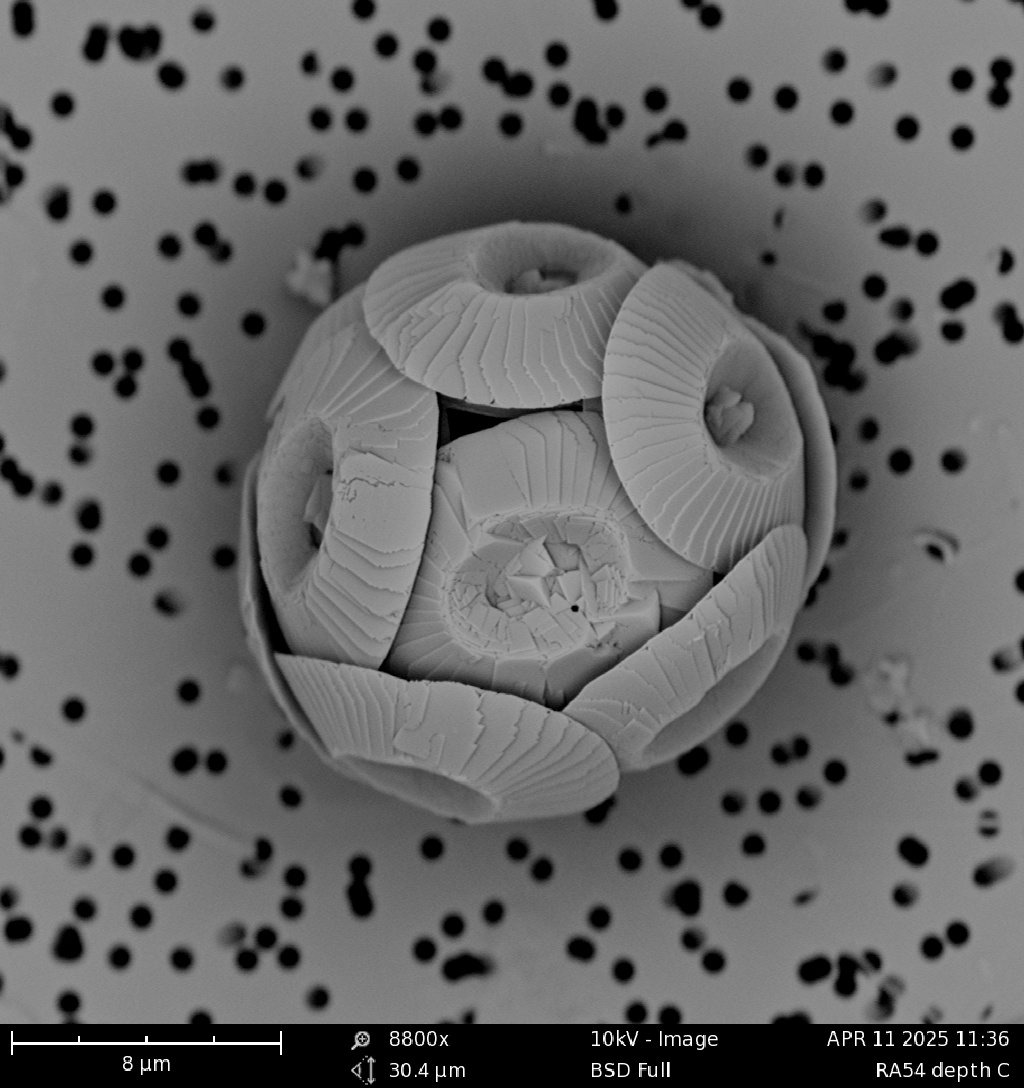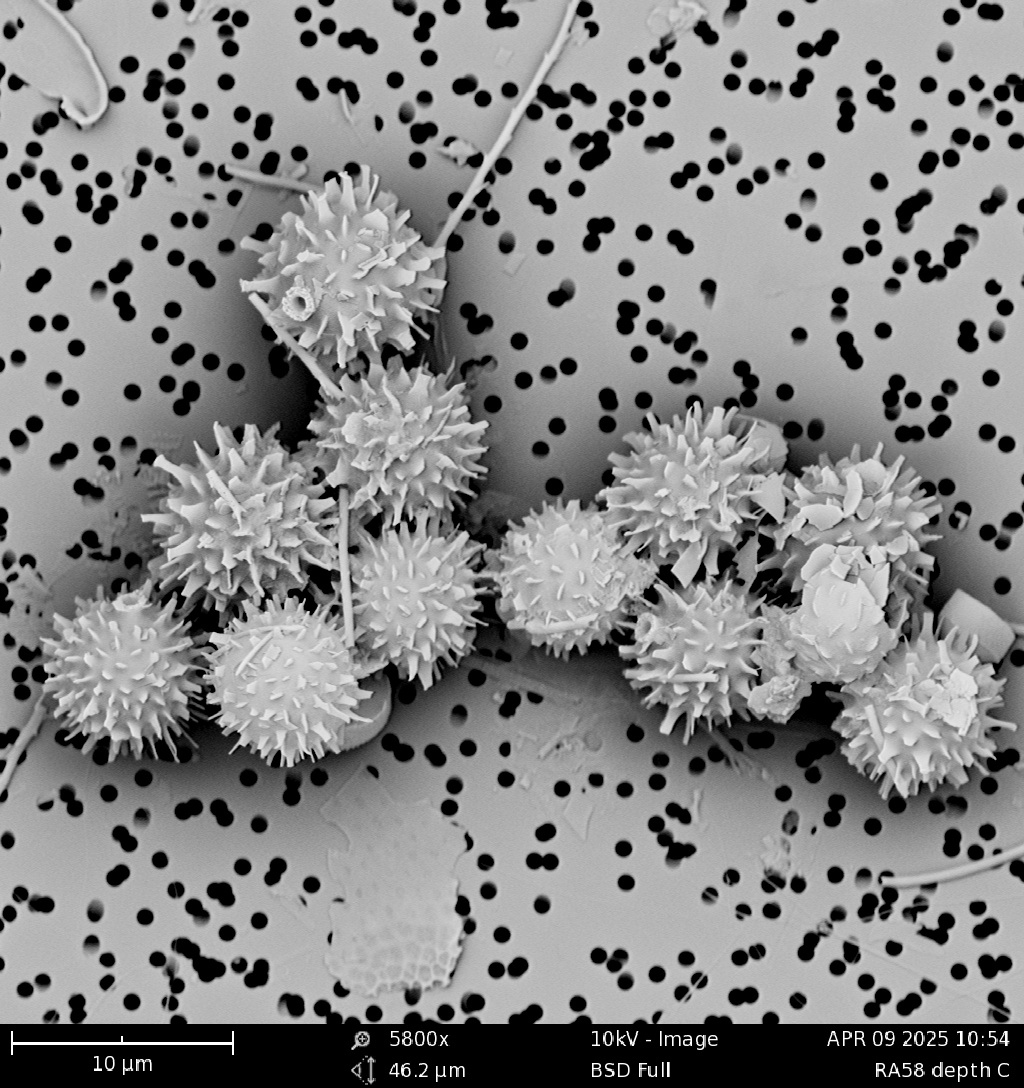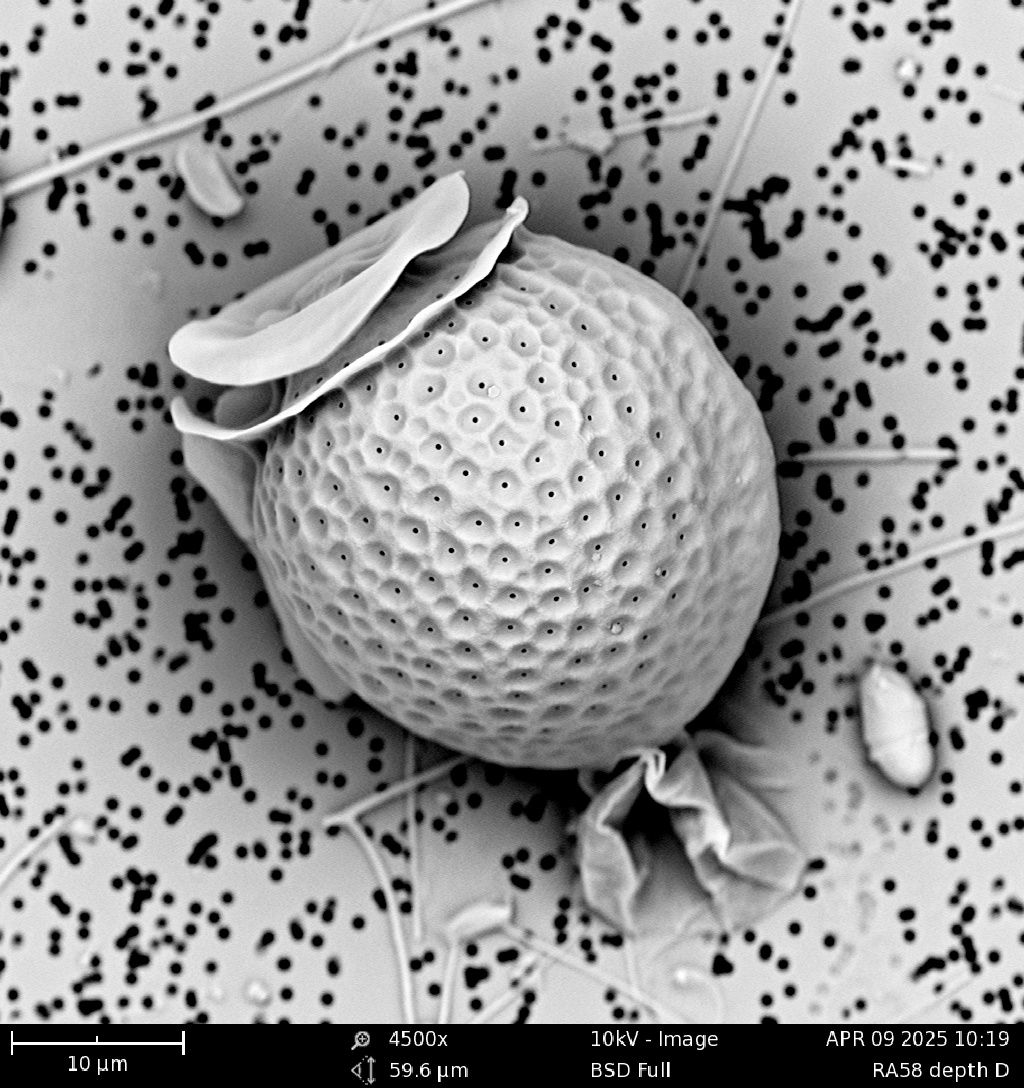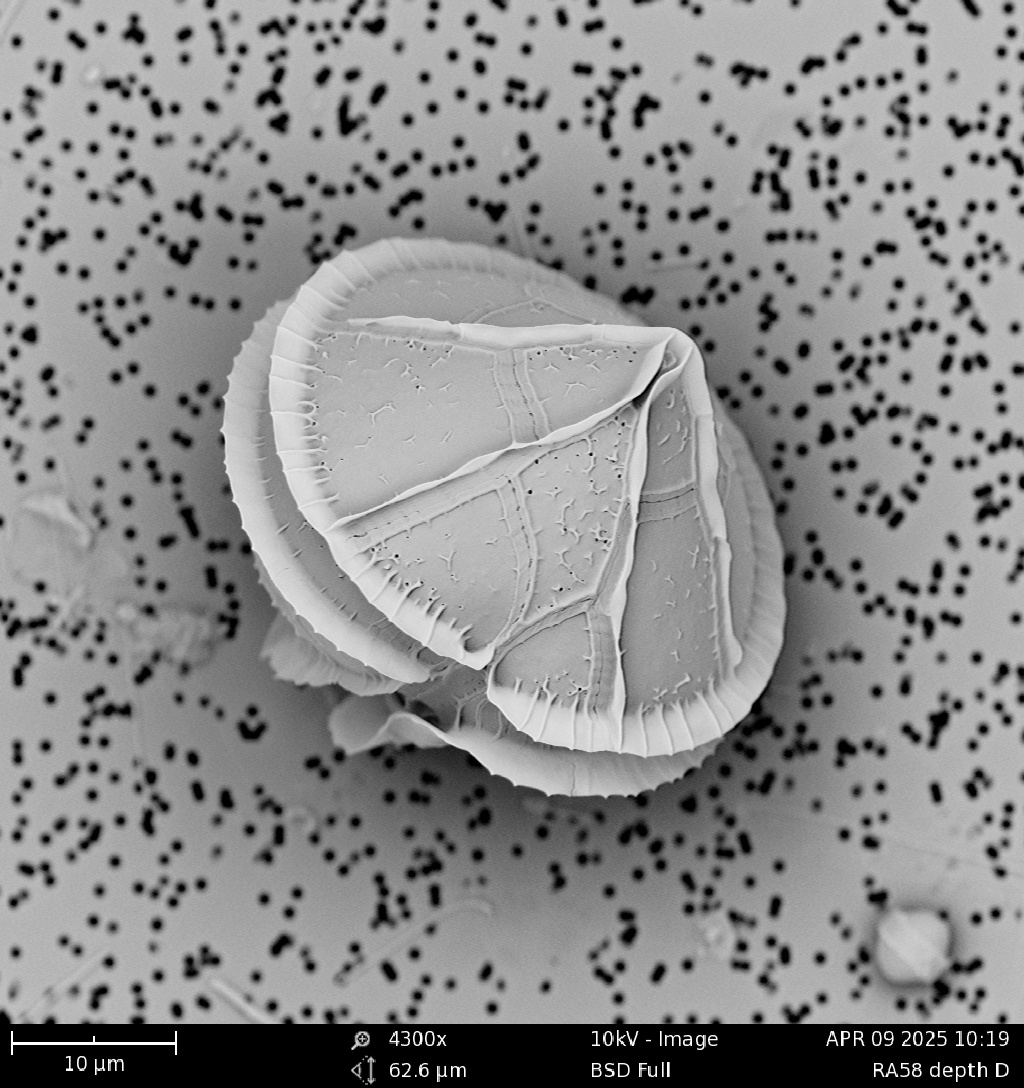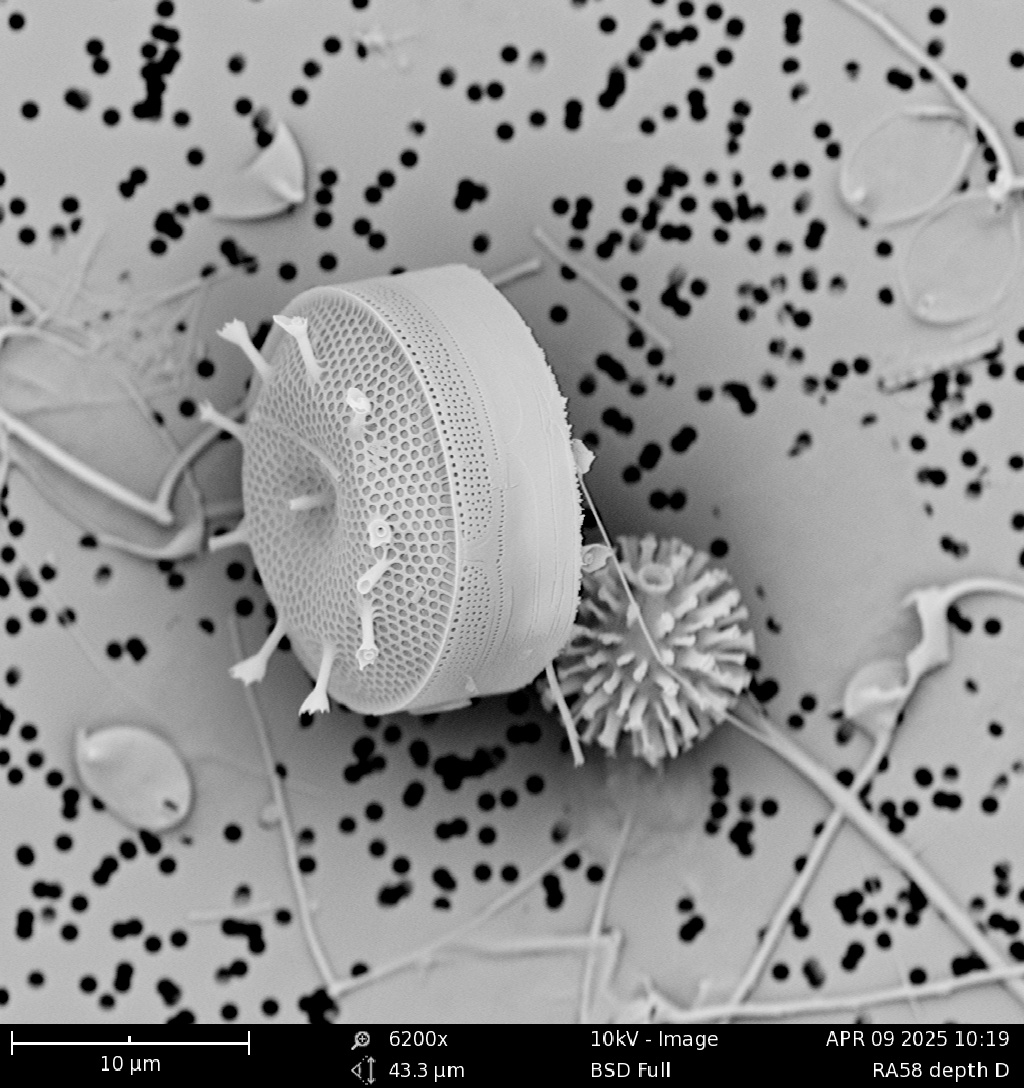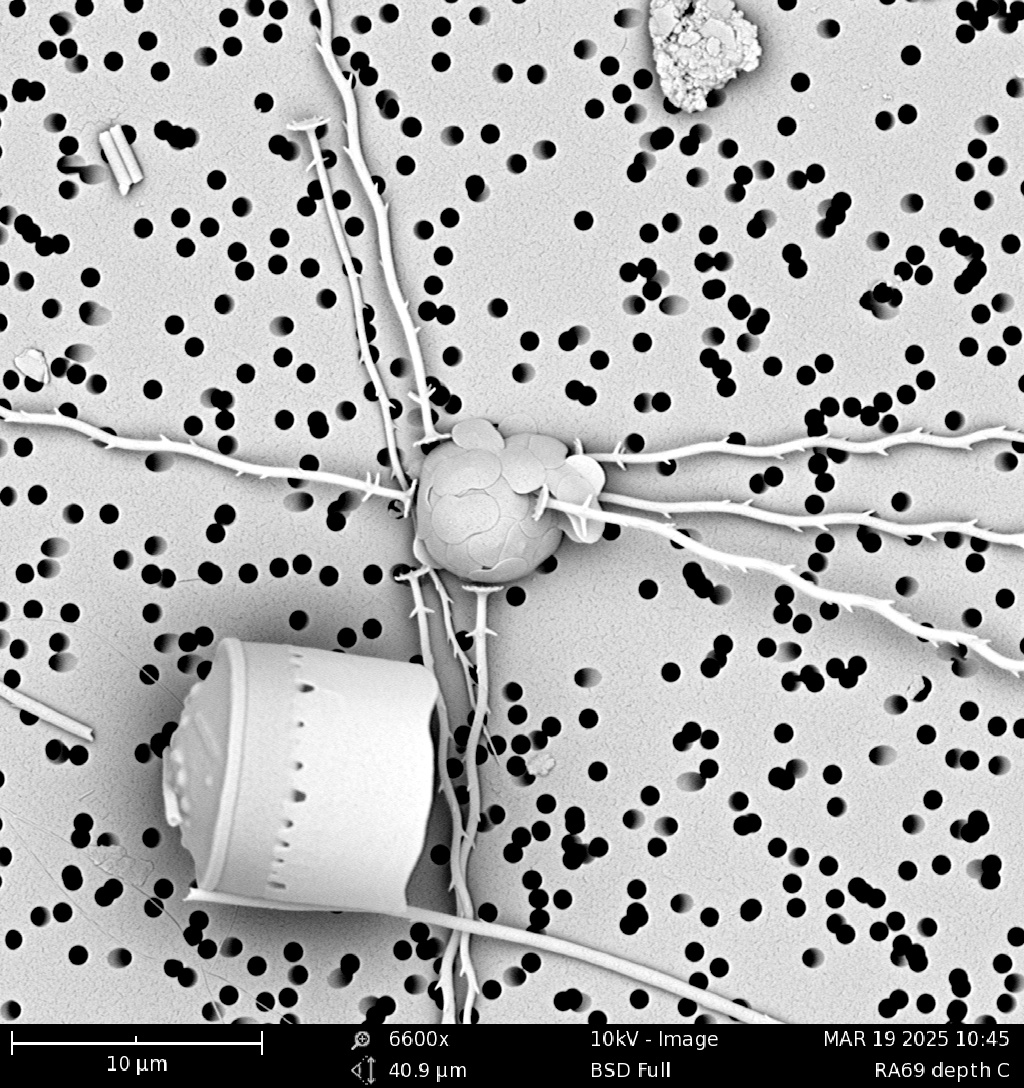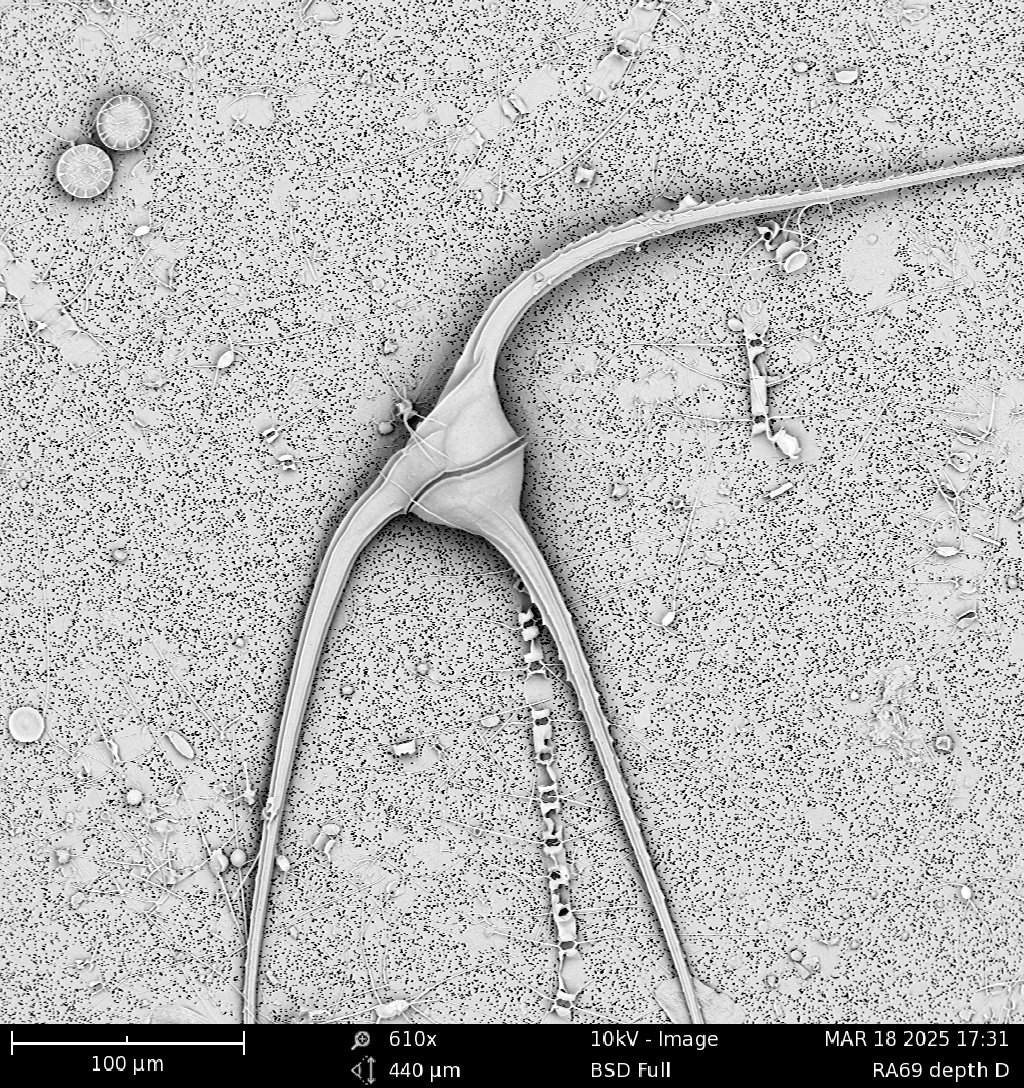Why the Last Ice Area?
The Last Ice Area, located at the northern end of the American continent, is one of the least explored and least known regions of the world ocean. First, this region is unique because it is home to the oldest sea ice, which is in danger of disappearing over the next few decades. The perennial sea ice cover of the last glacial zone constitutes an ecological heritage that has existed since at least the last interglacial (around 129,000 to 115,000 years), perhaps only interrupted by a short period of seasonal sea ice in the southern sector of the Lincoln Sea (LS) in the early Holocene (11,300 to 9,700 years).
Despite being one of the coldest oceanic regions, this unique marine environment may be an oasis harboring endemic Arctic fauna. Second, the LIA is perhaps the most spectacular convergence zone in the world ocean. Indeed, the general circulation in the AO, made up of giant vortices with opposite gyration, converges in the central basin to generate the transpolar drift (TPD) whose destination is the LS in the heart of the LIA. This system creates an assemblage of water from the Pacific and the Atlantic, modified during its transit through the central basin of the AO, and collects the freshwater brought by the Arctic rivers from a gigantic watershed. Once in the LS, these masses of water continue their journey through Baffin Bay (BB), collecting meltwater from large glaciers and Greenlandic and Canadian ice caps, before flowing into the Labrador Sea. This convergence makes the LIA one of the best sentinels of processes affecting the ocean today, in a context of global change: changing water cycle, melting permafrost, acidification, pollution, and changing biodiversity.
Finally, within the new Tuvaijuittuq Marine Protected Area, established by Canadian ministerial order in 2019, a recent Canadian report noted that “Large areas of Tuvaijuittuq have not been explored yet and, we currently lack critical baseline information to understand the region’s biodiversity, species distribution and habitat use, and how these are being altered as a result of climate change”. It is therefore crucial to conduct a pioneering survey in the LIA as soon as possible before the impacts of climate change become too profound and irreversibly alter the intrinsic nature of this high Arctic refuge.
Transversal structuring research questions?
With its multiple forms and ages of sea ice, the LIA is a crucial in situ “laboratory” for studying the evolution of the most endemic Arctic biome in a rapidly changing Arctic environment. The general processes of change are now well known separately, but their synergistic and coupled impacts on biogeochemical cycles and marine and adjacent terrestrial ecosystems are not yet under-stood. Here we propose a framework to focus on key processes and gain a holistic view of this Arctic refuge. The primary scientific REFUGE-ARCTIC questions that will be addressed are:
- How do sea ice dynamics and ocean transport shape elemental composition, contaminant pathways, and biodiversity?
- How do changes in sea ice regimes affect sympagic, pelagic, benthic and adjacent terrestrial ecosystems?
- How freshwater inputs change hydrology, elemental composition and ecosystems?
- What are the key processes and increasing stressors influencing future Arctic ecosystems?
